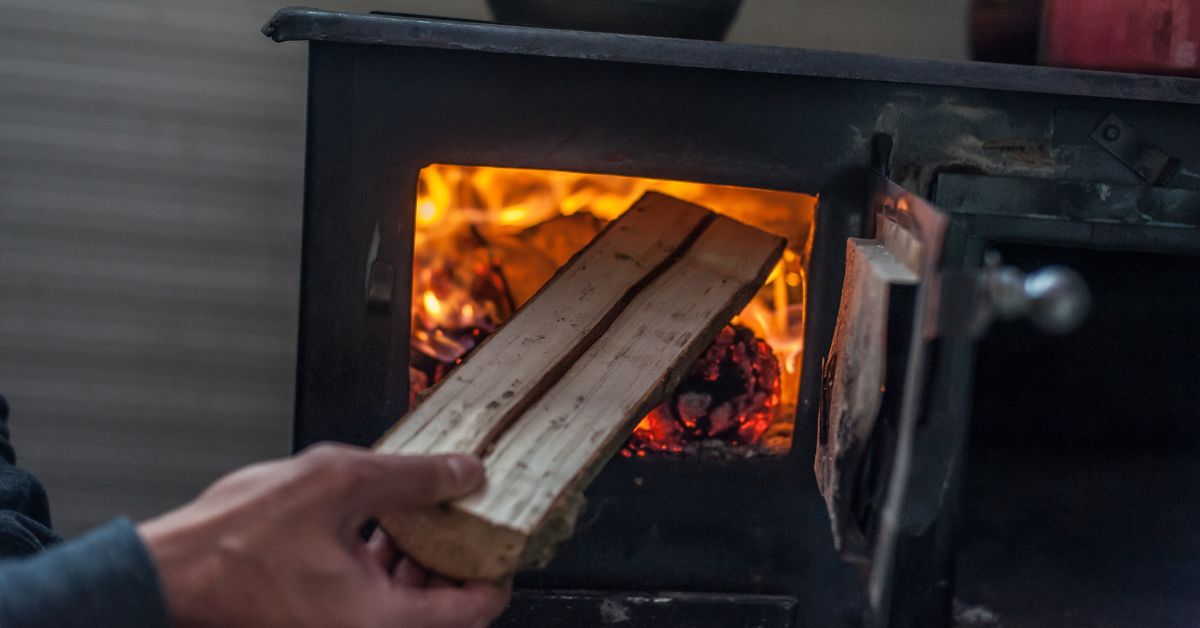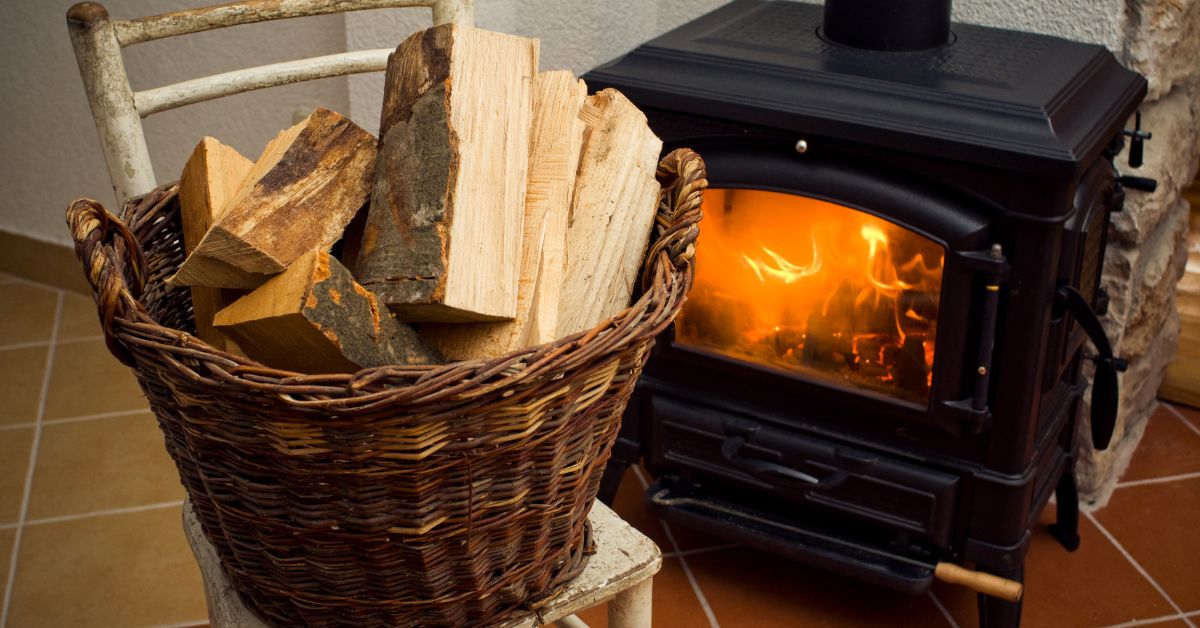
Common Mistakes To Avoid When Operating Your Wood Stove
Wood stoves offer a cozy, efficient way to heat your home, providing warmth and comfort during the cold months. However, incorrect usage or maintenance of these stoves can lead to inefficient heating, excessive smoke, and fire hazards. In order to enjoy the benefits of your wood stove, it’s essential to avoid common mistakes when operating it.
Why Install a Wood-Burning Stove?
Wood stoves not only offer an economical and sustainable heating option but also add rustic charm to any home. The benefits of using wood stoves include lower heating costs, reduced carbon footprint, and the ability to operate independently of electrical power, making them a reliable source of warmth even during power outages. Additionally, the ambience created by the flickering flames provides a unique sense of comfort.
However, lack of maintenance or operational mishaps can seriously compromise or even erase these benefits. For example, overloading the stove, using unseasoned wood, or neglecting regular cleaning can decrease the stove’s efficiency, pollute indoor air, and increase the risk of chimney fires. Proper maintenance and operation are critical for maximizing your wood stove while creating a safe and warm environment for your home. Learn more about what not to do when using your wood-burning stove:
1. Adding Too Much Wood
One of the most common misconceptions is that more wood equals more heat. Overloading your wood stove can actually smother the fire, reduce efficiency, increase creosote buildup in the chimney, and heighten the risk of chimney fires. It’s crucial to use the manufacturer’s recommended amount of wood and allow for sufficient air circulation to enable combustion.
2. Trying To Burn Wet, Green, or Incompletely Seasoned Wood
Burning wet, green, or unseasoned wood is a big no-no when operating wood stoves. Moisture in the wood leads to more smoke and soot buildup in the chimney, reducing the stove’s efficiency and increasing the risk of a chimney fire. Only burn dry, seasoned wood that has been split and stored in a dry place for at least six months to a year.
3. Failing To Keep the Chimney and Stove Vents Clean
Regular maintenance is key to operating wood stoves safely. A buildup of soot and creosote in the chimney and vents can obstruct airflow and potentially lead to dangerous chimney fires. We recommend inspecting and cleaning your chimney at least twice a year. Also, keep the stove’s vents clear for optimal performance.
4. Burning the Wrong Things
While it might be tempting to use your wood stove as an incinerator for paper, trash, or anything that isn’t firewood, doing so can be extremely hazardous. Burning inappropriate materials can release toxic fumes into your home and increase the risk of chimney fires. Stick to high-quality firewood only.

5. Adding Wood Too Soon
Patience is a virtue, especially when tending to a wood-burning stove. Adding wood too soon can smother the flames and smoke out the room. Wait until the existing logs have broken down into glowing embers before adding more fuel to keep the fire alight.
6. Failing To Keep the Vents Open Enough
Regulating airflow is crucial for an efficient burn. Keeping the vents closed can starve the fire of oxygen, leading to incomplete combustion and a buildup of dangerous gases, such as carbon monoxide. Learn to adjust the vents and maintain a healthy air supply for the hearth.
7. Adding Cold Wood
To maintain the efficiency of your fire, it’s wise to keep a stock of dry, seasoned wood near the stove. This prevents the need to introduce cold wood from outside, which can reduce the fire’s temperature and lead to inefficient burning. Use a wood box to store your indoor supply. Doing so also prevents insects from hitchhiking into your home.
8. Using an Old, Inefficient Stove
Old wood stoves can be inefficient and produce a lot of air pollution. For a safer and more environmentally friendly option, consider upgrading to a modern stove with an EPA rating made after 1988. Contemporary fireplace stoves offer various models that burn cleanly and efficiently.
9. Opening the Door Too Often
Frequently opening the door of your wood stove can lead to heat loss and increase the risk of smoke entering your room. It’s important to open the door only when necessary. Also, do so slowly to avoid drawing smoke into the living space.

10. Closing the Vents or the Flue Before the Fire Is Extinguished
For safety reasons, never close the stove’s vents or the flue until you are certain the fire is completely extinguished. Closing them too soon can cause harmful gases to build up inside your home.
Safety Tips and Best Practices
Here are some additional safety tips and best practices to help you safely operate your wood stove:
Keep the Stove, Vents, and Chimney Clean
Regular maintenance is crucial to prevent soot and creosote buildup and ensure efficient operation. If you use your stove daily, you should hire a professional sweep to clean it at least twice a year. Even if you only use your stove occasionally or seasonally, it’s critical to clean it at least once a year.
Similarly, stove vents can get clogged if you don’t clear out the ashes regularly or if you burn something other than firewood (which you should never do!). Check vents frequently to ensure they aren’t blocked or clogged.
Learn To Regulate Airflow
Adjusting the vents can help you achieve the ideal burn rate and temperature. This can be a process of trial and error until you get familiar with how your stove operates. Read the manual completely and consult the manufacturer’s website for suggestions on how to regulate airflow for your stove model.
Never Use Accelerants
Using accelerants to start or revive a fire can lead to dangerous flare-ups or explosions that burst out the stove’s door and cause severe injury or ignite a house fire. Just don’t do it.
Don’t Use a Cracked or Broken Stove
Inspect your stove regularly for signs of wear or damage, and replace or repair as needed. If you notice an irregularity in your stove, like a door that won’t close fully, a jammed vent, or cracked glass, stop using it until a qualified stove repair service can inspect or repair it.
By avoiding common mistakes when using your wood stove and following these best practices, you can ensure your wood stove provides many years of safe, efficient warmth and comfort. Remember, knowledge and caution are keys to enjoying the cozy benefits of your wood stove without the downsides.

